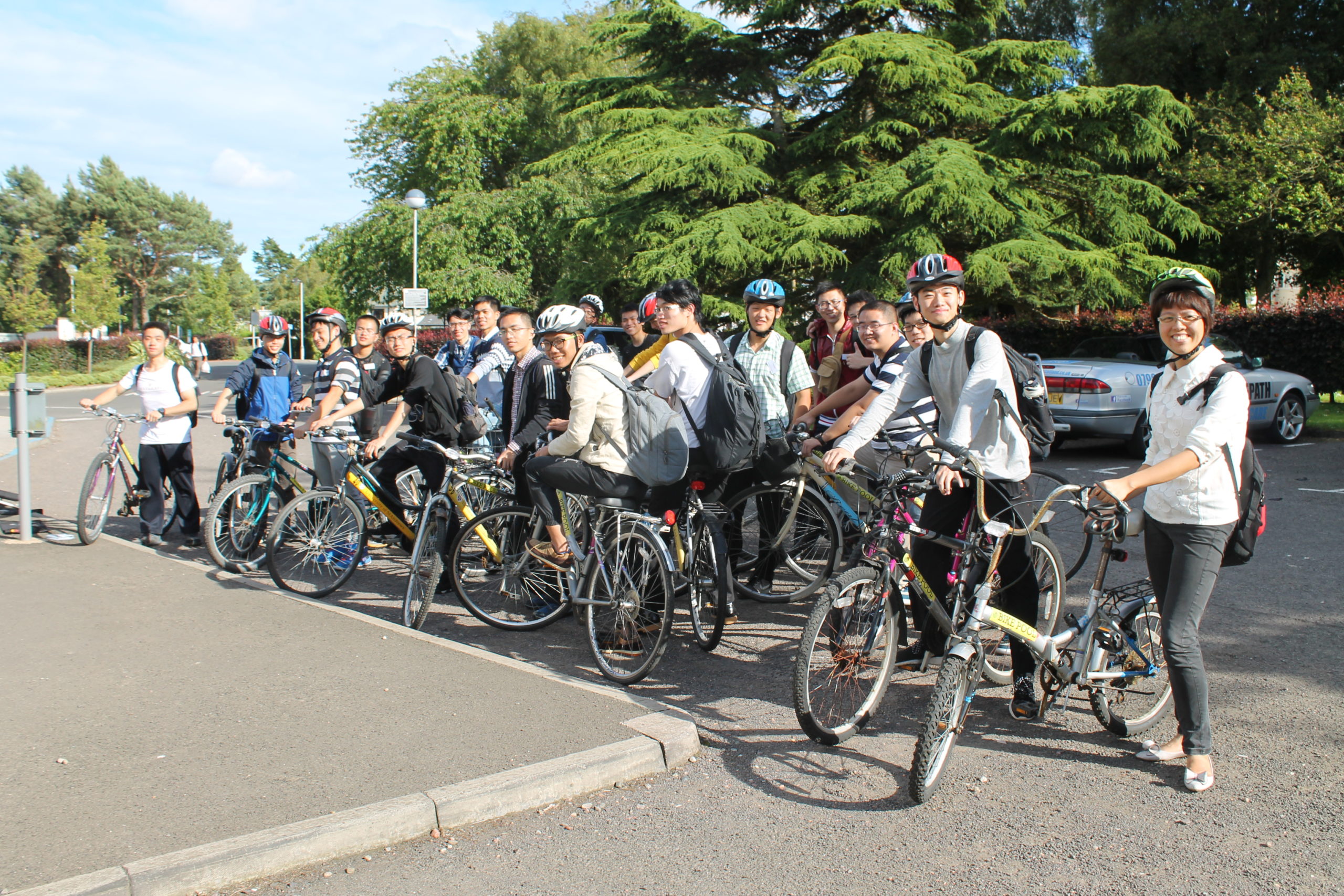Prof Chris Oliver @CyclingSurgeon on Twitter
Cycling is one of the easiest ways to fit exercise into your daily routine: saves you money, gets you fit and helps the environment. Cycling is easier on your joints than running or other high-impact aerobic activities. It helps you get into shape and build your cardiovascular fitness. Exercising for at least 150 minutes every week helps you follow the UK Chief Medical Officers Guidelines for Physical Activity. Cycling fits into daily routines easier than many other sports activities and if used as a mode of transport saves time in your day. Cycling to work is linked with a 45% lower risk of developing cancer, and a 46% lower risk of cardiovascular disease (CVD), compared to commuting by car or public transport.
Cycling is good for your lifespan
Cycling is a great way to increase your longevity, as cycling regularly has been associated with increased ‘life-years’, even when adjusted for risks of injury through cycling. A study of 30,640 people living in Copenhagen showed that people who did not cycle to work were 39% more likely to die during the 15-year study. Cycling is more likely to benefit your health rather than damage it. People who cycle regularly in mid-adulthood typically enjoy a level of fitness equivalent to someone 10 years younger and their life expectancy is two years above the average. Placing the onus solely on cyclists to protect themselves from injury does not tackle the risks they face at source.
Obesity and weight control
Cycling is a good way to control or reduce weight, as it raises your metabolic rate, builds muscle and burns body fat. If you’re trying to lose weight, cycling must be combined with a healthy diet. Cycling is a comfortable form of exercise and you can change the time and intensity, it can be built up slowly and varied to suit you. Steady cycling burns about 300 calories per hour. If you cycle twice a day, the calories burnt soon add up. Half-hour bike ride every day will burn nearly five kilograms of fat over a year. Cycling has the added benefit of ramping up your metabolism, even after the ride is over.
Cardiovascular disease and cycling
Cardiovascular diseases include stroke, high blood pressure and heart attack. Regular cycling stimulates and improves your heart, lungs and circulation, reducing your risk of cardiovascular diseases. Cycling strengthens your heart muscles, lowers resting pulse and reduces blood fat levels.
Cancer and cycling
Many researchers have studied the relationship between exercise and cancer, especially colon and breast cancer. Research has shown that if you cycle, the chance of bowel cancer is reduced. There is no evidence to suggest prostate cancer is linked to cycling.
Diabetes and cyclingThe rate of type II maturity onset diabetes is dramatically increasing and is a serious public health concern. Large-scale research in Finland found that people who cycled for more than 30 minutes per day had a 40 per cent lower risk of developing diabetes.
Bone injuries, arthritis and cyclingCycling improves strength, balance and coordination. It may also help to prevent falls and fractures. Riding a bike is an ideal form of exercise if you have osteoarthritis, because it is a low-impact exercise that places little stress on joints. Around 70% of body weight goes through the saddle and handlebars instead of through your ankles. The bigger you are, the more important that will be. Cycling does not specifically help osteoporosis (bone-thinning disease) because it is not a weight-bearing exercise. Spending so much time in the saddle can lead to a loss of sensation in the genitals and there have been suggestions of lower sperm counts in elite male cyclists.
Mental illness and cyclingMental health conditions such as depression, stress and anxiety can be reduced by regular bike riding. This is becauseof the cycling exercise itself producing endorphins and because of the enjoyment that riding a bike can bring.
eBikes
eBikes despite their expense are becoming very popular. eBikes have been shown to extend the distances people can cycle, and with more widespread use at least 20% of people in the UK could cycle to work or university. Most commutes in the UK are less than 5 miles. With the radical changes in active travel transport around the pandemic it would be good to encourage more eBikes and it would be a great policy action if the government could reduce taxes on eBikes and eScooters. New developments in active travel as result of the pandemic will facilitate many more people to travel by bicycle. New users may well be choosing eBikes to travel longer distances to work or university and arrive there less exhausted and sweaty.
Will you travel to university by bicycle?
Could you consider bicycling to your lectures?
What would you need to make cycling to for you possible?
Do you know about Transition’s St Andrews Bike Pool? See https://www.transitionsta.org/travel/bike-pool/

The St Andrews Bike Pool is all about getting more people cycling in St Andrews. As a community group we are open to university students, staff and local residents.
There are four key areas to this project:
- We support people to become self-sufficient at fixing and maintaining bikes.
- We refurbish abandoned/donated bicycles to stop them from going to landfill.
- We rent out bikes and suppport people with upkeep. This also helps reduce the number of bikes getting abandoned.
- We promote cycling in St Andrews as a healthy and greener way of travelling. We organise led rides, cycle training and inform the St Andrews Bike User Group with ideas to improve cycling infrastructure.


